The History and Meaning behind Christmas Traditions around the World
The history and meaning behind Christmas traditions around the world explore the diverse ways in which different cultures celebrate the holiday. From the origins of the Christmas tree in Germany to the gift-giving practices rooted in the story of the Wise Men, each tradition carries unique significance. Customs like Christmas carols, nativity scenes, and St. Nicholas Day reflect religious beliefs, community values, and historical events. While traditions vary from region to region, they all share a common theme of joy, love, generosity, and the spirit of giving, making Christmas a global celebration of life and unity.

The History and Meaning behind Christmas Traditions around the World
Christmas is celebrated around the world in a variety of ways, each country and culture bringing its own unique traditions to the holiday. While the central theme of Christmas remains the celebration of the birth of Jesus Christ, the customs and practices surrounding the holiday have evolved over time, influenced by local customs, climate, and historical events. Here are some of the key Christmas traditions from different parts of the world, along with their meanings and origins:
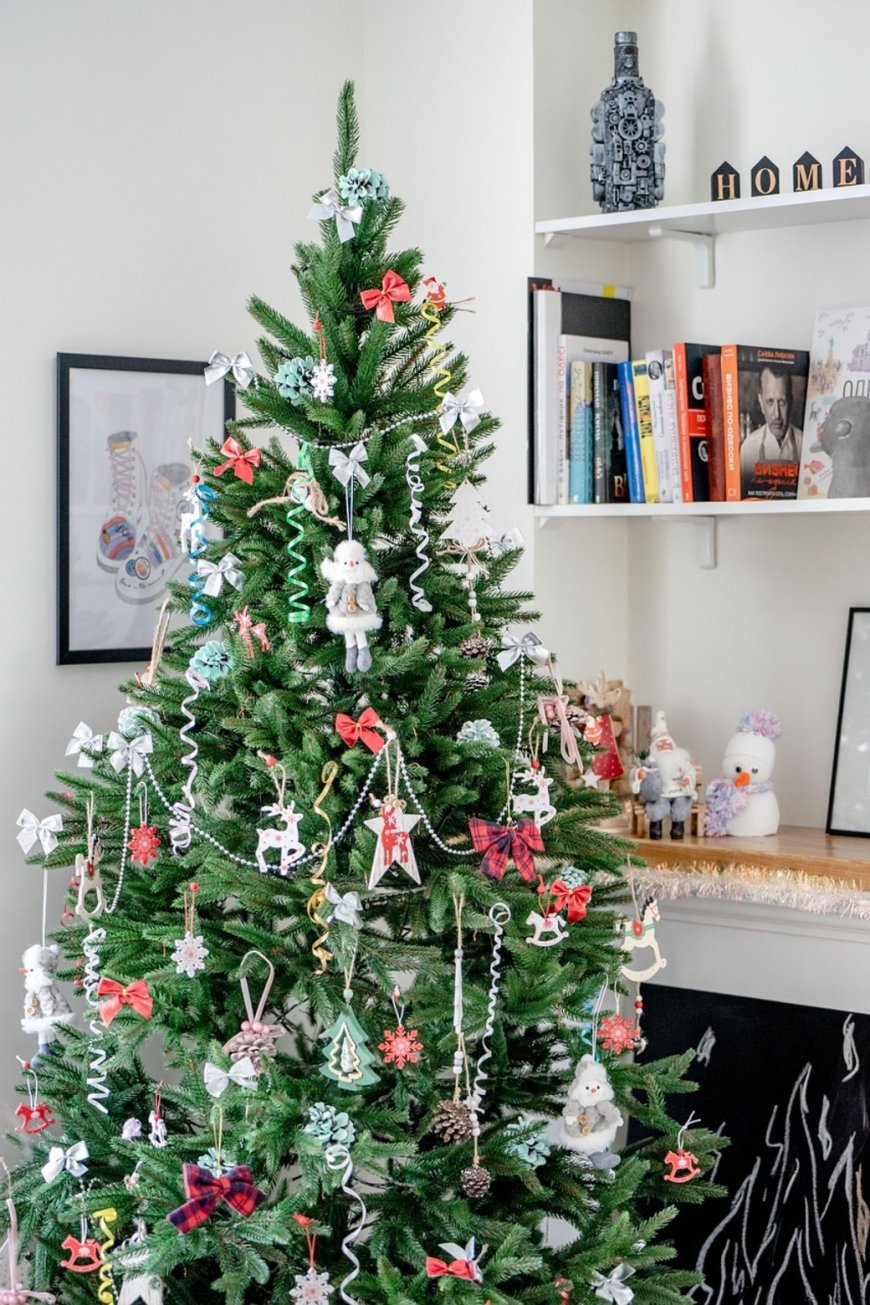
1. Christmas Tree (Germany and worldwide)
- Origin: The Christmas tree tradition is widely believed to have originated in Germany in the 16th century. Early Christmas trees were decorated with fruits, nuts, and candles. The custom spread across Europe and eventually the world.
- Meaning: The evergreen tree symbolizes eternal life. The lights on the tree represent the light of Christ, while the decorations often represent various aspects of the Christmas story or Christian values.

2. Gift-Giving (Various Countries)
- Origin: The tradition of exchanging gifts on Christmas is rooted in the story of the Wise Men (or Magi) bringing gifts to the newborn Jesus. Over time, this practice became incorporated into Christmas celebrations, influenced by both religious and secular traditions.
- Meaning: Giving gifts symbolizes the love, generosity, and goodwill that were shown to Jesus on his birth. In many cultures, gifts are exchanged as a symbol of the joy and love that Christmas represents.
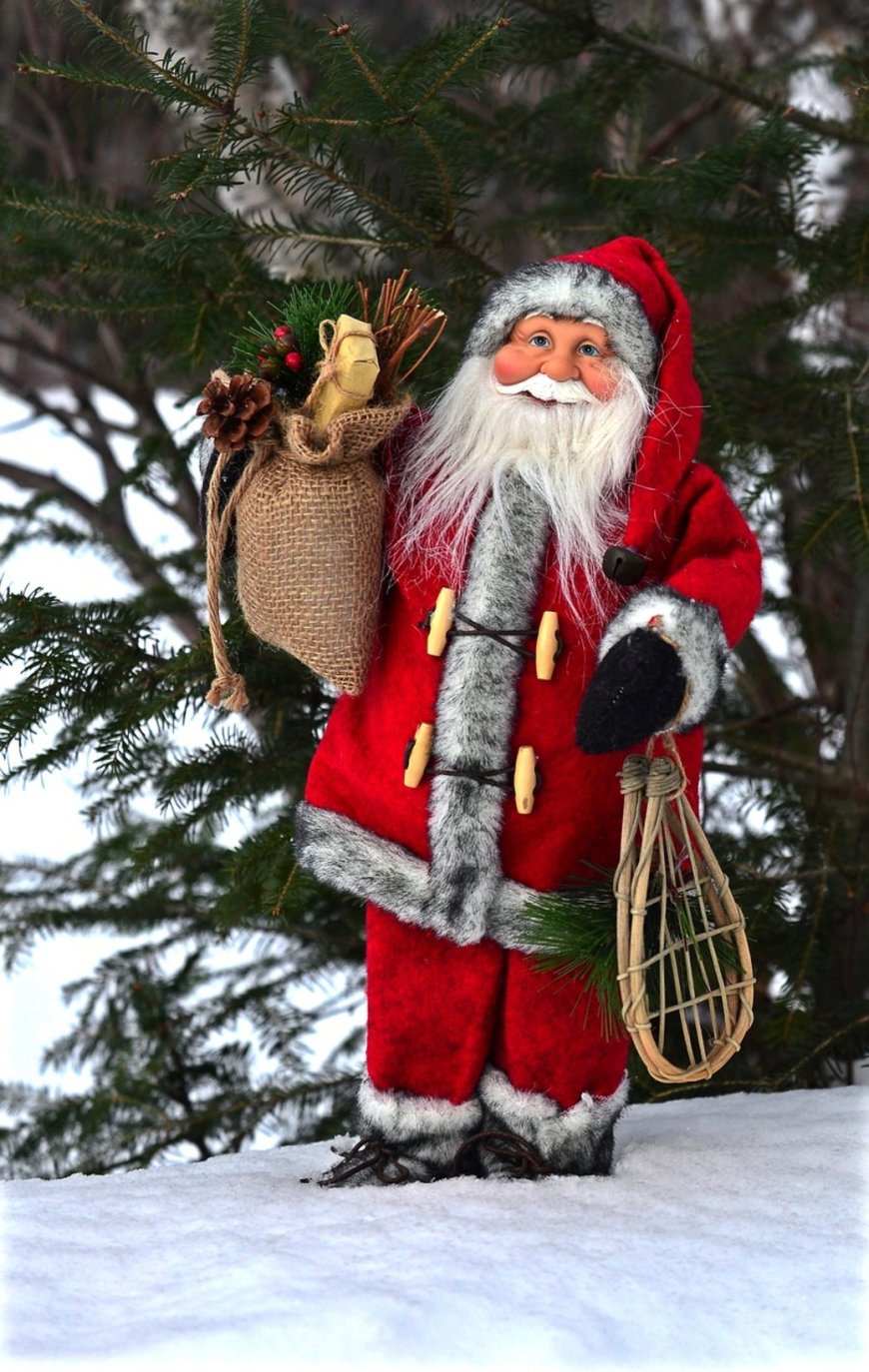
3. Santa Claus (United States and worldwide)
- Origin: Santa Claus has roots in European traditions, particularly the Dutch legend of Sinterklaas, who would deliver gifts to children on December 5th. The modern image of Santa Claus, with his red suit and white beard, was popularized in the United States in the 19th century, especially through the Coca-Cola company's advertisements in the 1930s.
- Meaning: Santa represents the spirit of giving and joy during Christmas, embodying the tradition of bringing happiness to children. His sleigh and reindeer are associated with the magical, mythical nature of Christmas.
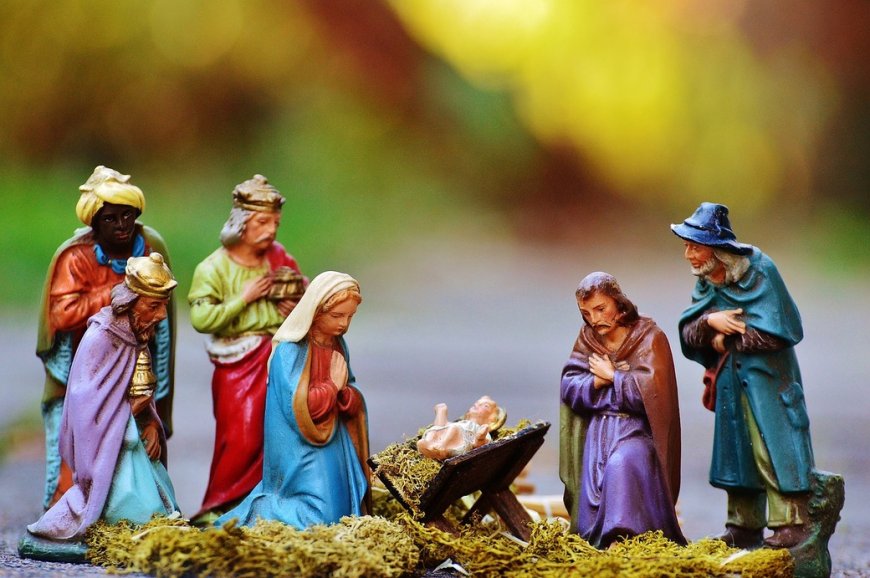
4. Nativity Scenes (Worldwide)
- Origin: The Nativity scene was first popularized by St. Francis of Assisi in the 13th century, who created a living nativity to help people connect with the story of Jesus’ birth. Over time, the tradition of setting up nativity scenes in homes, churches, and public spaces spread.
- Meaning: The nativity scene serves as a visual reminder of the birth of Jesus Christ. It highlights the humble beginnings of Christ’s life and his message of peace, love, and humility.
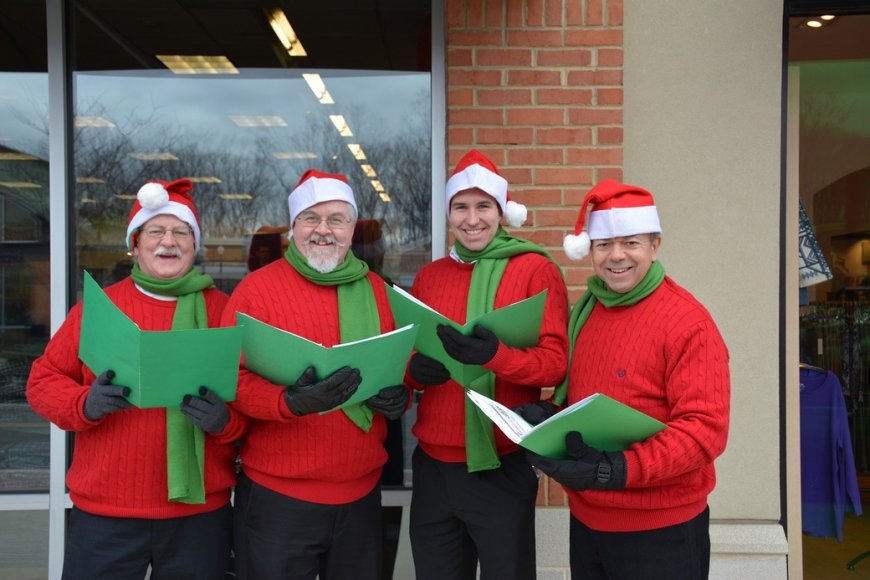
5. Christmas Carols (England and worldwide)
- Origin: Christmas carols have their origins in medieval Europe. The word "carol" originally referred to a type of dance, but by the 18th century, it came to refer to festive songs sung at Christmas. The tradition was popularized in England, where carols were often sung door-to-door.
- Meaning: Christmas carols are a way of spreading joy, celebrating the birth of Christ, and sharing the message of Christmas with others. The singing of carols reflects a sense of community and the joy of the season.

6. The Advent Calendar (Germany)
- Origin: The advent calendar originated in 19th-century Germany, where families would mark the days of Advent (the four weeks leading up to Christmas) with small doors or windows opening to reveal a scripture verse, a picture, or a small treat.
- Meaning: The Advent calendar serves as a countdown to Christmas, helping to build anticipation and prepare spiritually for the celebration of Christ’s birth. The calendar emphasizes the journey toward Christmas, both in a religious and cultural sense.
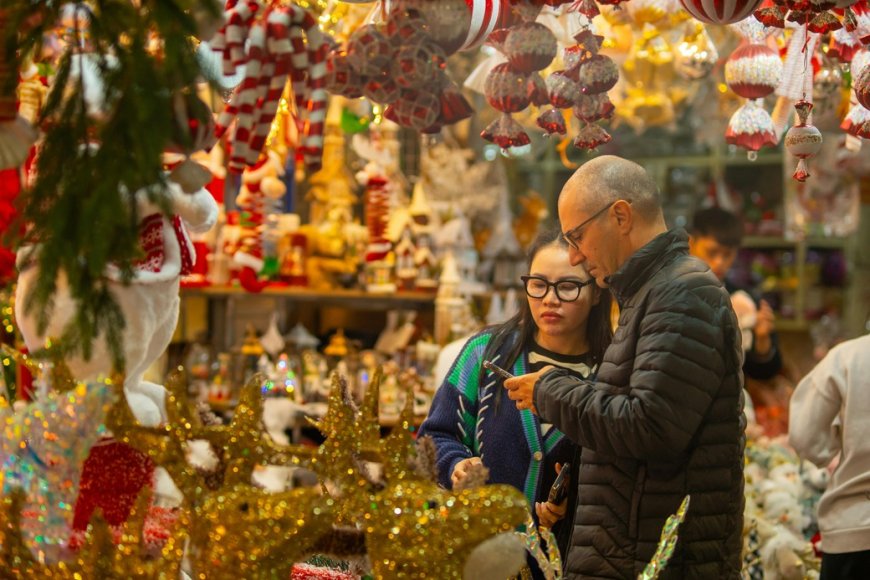
7. Christmas Markets (Germany and Europe)
- Origin: The tradition of Christmas markets dates back to medieval Germany, with the first Christmas market held in Dresden in 1434. These markets were initially a way for townsfolk to gather and shop for Christmas essentials.
- Meaning: Christmas markets celebrate the festive season and bring communities together. They are a place for people to gather, enjoy seasonal food and drink, and purchase handmade gifts, often fostering a sense of holiday cheer and community spirit.
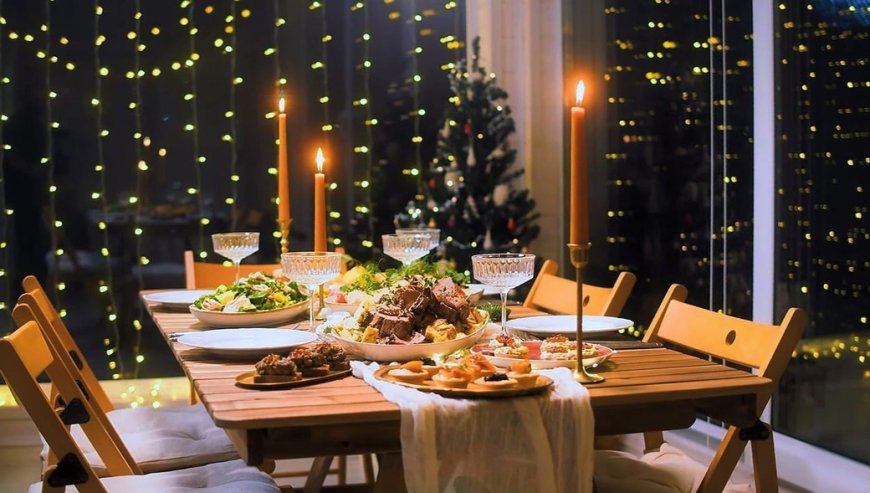
8. La Nochebuena and Christmas Eve Dinner (Latin America and Spain)
- Origin: In many Latin American countries and Spain, Christmas Eve (Nochebuena) is the primary time for family gatherings and celebrations, often marked by a late-night feast. This tradition stems from the religious significance of the night before Christ’s birth.
- Meaning: Nochebuena emphasizes the importance of family, community, and the anticipation of Christ's birth. The large meals and gatherings reflect the warmth and generosity of the season.
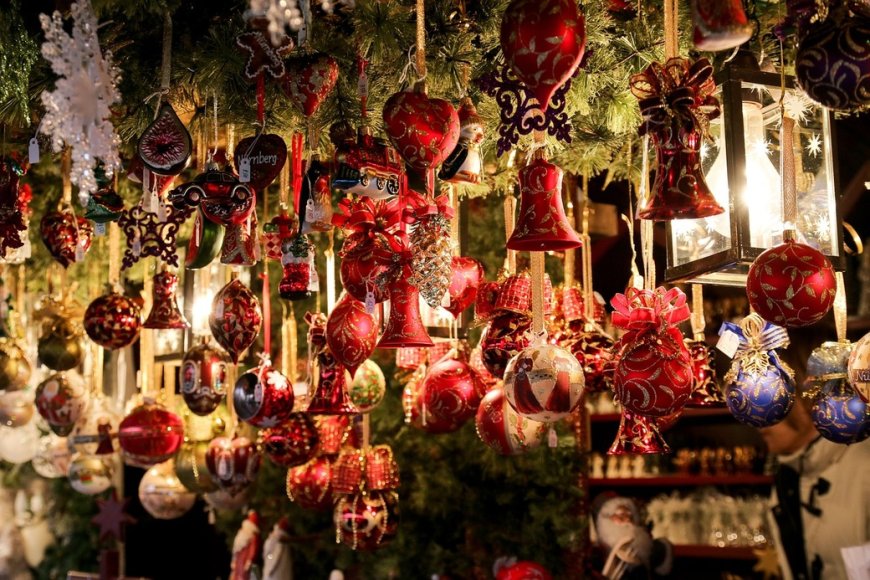
9. The Christmas Pickle (Germany)
- Origin: This quirky tradition involves hiding a pickle ornament on the Christmas tree, with the first child to find it receiving a gift or good luck for the following year. It is believed to have German roots, though it is now more common in the United States.
- Meaning: The Christmas pickle is a fun and lighthearted tradition that adds an element of surprise and joy to the holiday. It emphasizes family bonding and celebration in a playful way.

10. St. Nicholas Day (Europe)
- Origin: St. Nicholas Day is celebrated on December 6th in many European countries, particularly in the Netherlands, Germany, and parts of Eastern Europe. It honors St. Nicholas, the 4th-century bishop known for his generosity.
- Meaning: The day is often marked by children receiving small gifts or treats in their shoes or stockings. The tradition of St. Nicholas is an early precursor to the modern-day Santa Claus, and it emphasizes charity and kindness.

11. KFC Christmas Dinner (Japan)
- Origin: A modern and unique Christmas tradition in Japan is the custom of eating Kentucky Fried Chicken (KFC) on Christmas Day. This tradition began in the 1970s when KFC launched a successful marketing campaign promoting fried chicken as a Christmas meal.
- Meaning: While not rooted in traditional Christian customs, the KFC Christmas dinner represents the blending of Western and Japanese cultures. It’s a symbol of how Christmas, though not widely celebrated as a religious holiday in Japan, has become a festive occasion with its own set of unique customs.

12. The Twelve Days of Christmas (United Kingdom)
- Origin: The Twelve Days of Christmas refers to the period starting on December 25th and ending on January 5th, the eve of Epiphany. The song “The Twelve Days of Christmas,” which lists various gifts given on each of the twelve days, has its origins in 18th-century England.
- Meaning: The twelve days are traditionally a time of feasting, merriment, and religious observance. The gifts mentioned in the song have been interpreted in various ways, some relating to Christian symbols and others reflecting a humorous take on gifts.
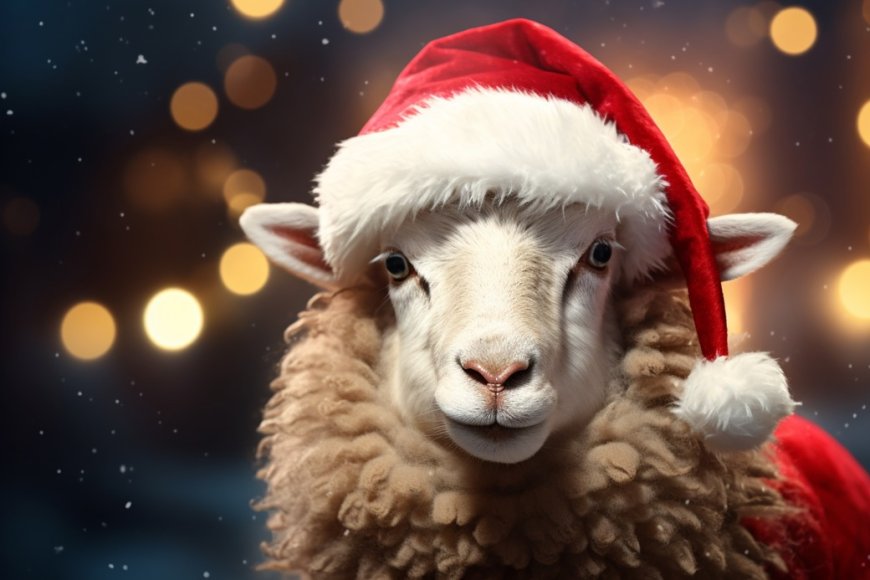
13. Gavle Goat (Sweden)
- Origin: The Gävle Goat is a giant straw Christmas goat that has been erected annually in Gävle, Sweden, since 1966. The tradition is based on an old Scandinavian custom where goats were associated with Christmas celebrations.
- Meaning: The Gävle Goat is both a symbol of Christmas and a part of Swedish folklore, representing the pagan Yule traditions. However, it has also become a symbol of mischief, as the goat is often targeted for arson or vandalism, adding a lighthearted and controversial element to the holiday.
Conclusion
Christmas traditions around the world reflect diverse cultures, histories, and beliefs. While they each have their own unique customs and origins, they all share a common thread: a celebration of life, love, and the spirit of giving. From festive feasts and family gatherings to religious observances and joyful decorations, Christmas brings people together, creating a sense of shared joy and unity that transcends borders.
What's Your Reaction?






































